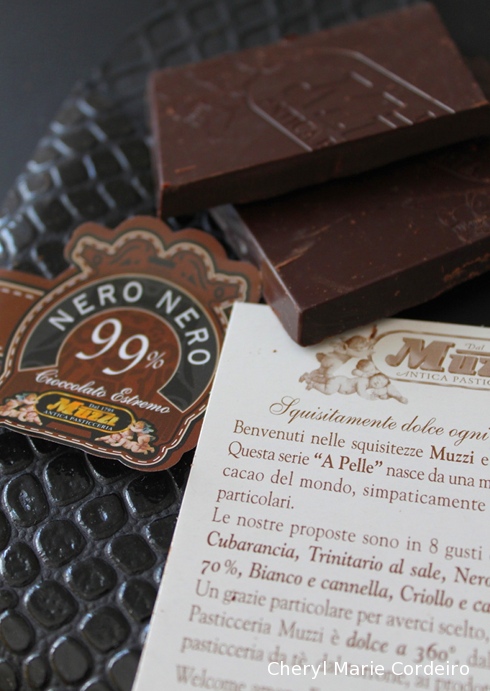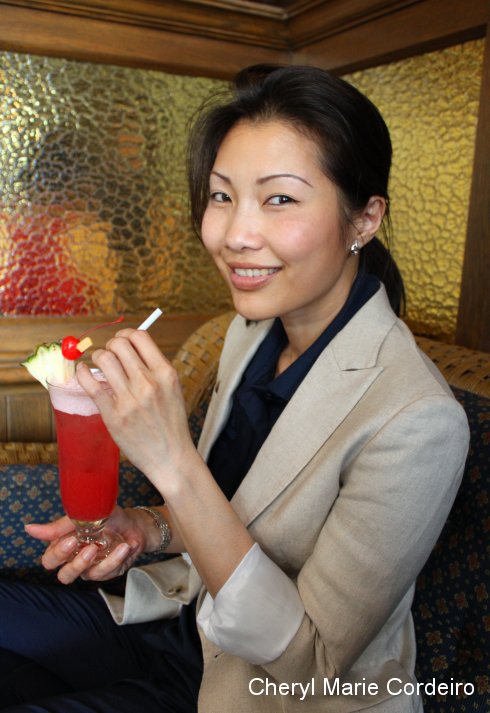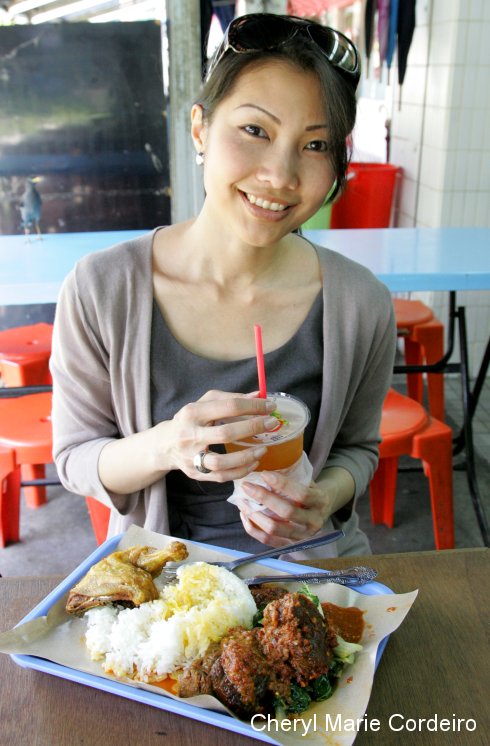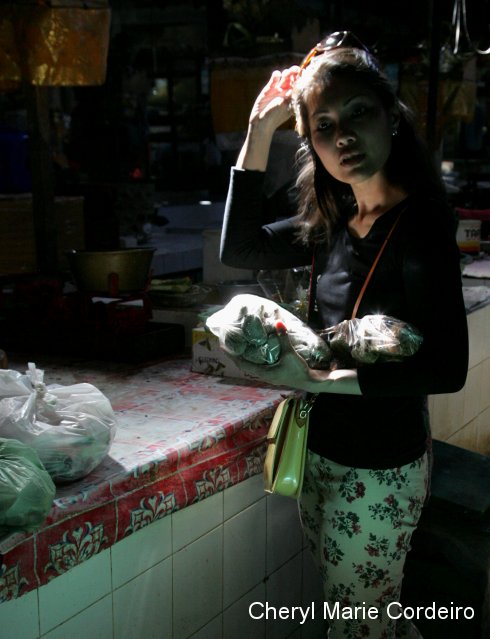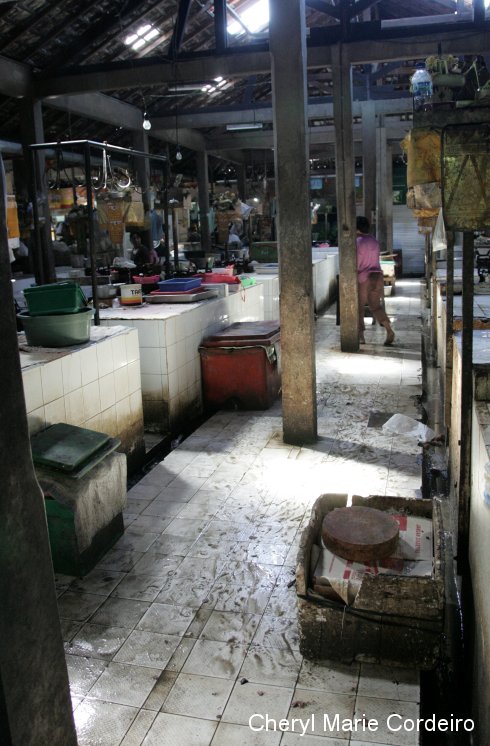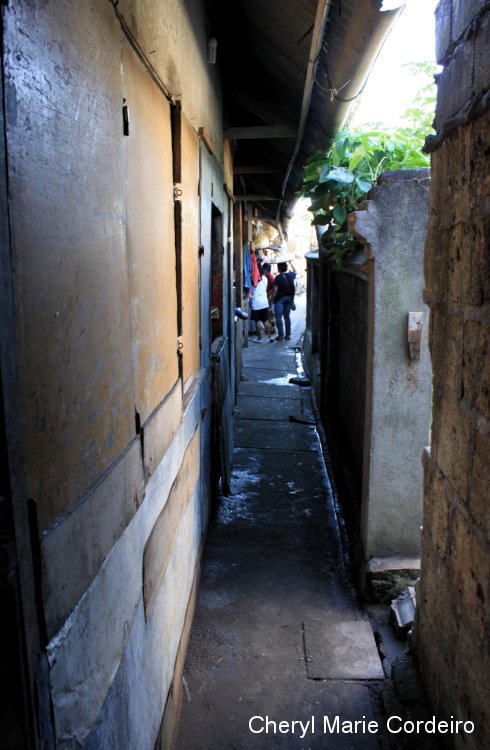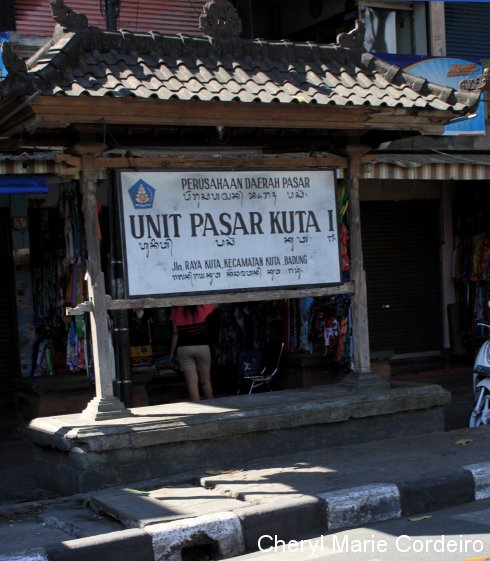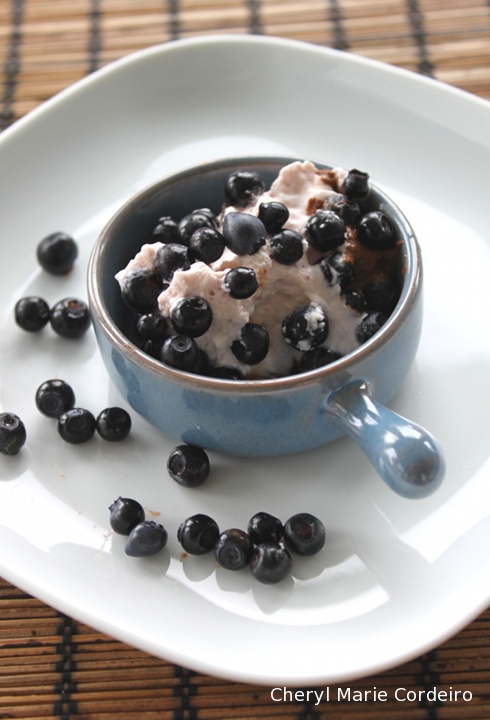
Chocolate mousse made with trinitario cacao beans, covered with raspberry whipped cream and drizzled with wild blueberries.
Text and Photo © JE Nilsson and CM Cordeiro 2012
Mousse au Chocolat is probably as signature a dessert to France as Tiramisù is to Italy. And like good wines and premium olive oils, chocolate comes in a variety of textures and flavours derived from its cacao bean and the soils in which they are grown.
As non-consequential as this might seem, I’ve learnt that when it comes to using chocolate in cooking, the very character of the chocolate dessert depends upon which type of chocolate bar you melt into it. This version of chocolate mousse is made from Valrhona’s Caraïbe that is 66% cacao from Trinitario beans. The Trinitario cacao tree grows mainly in Central America and makes up about 5% of the world production. The result – a bitter sweet earthy tone that lingers on the palate, best complemented with a Cabernet Sauvignon from Bordeaux.
Continue reading “Chocolate mousse indulgence”
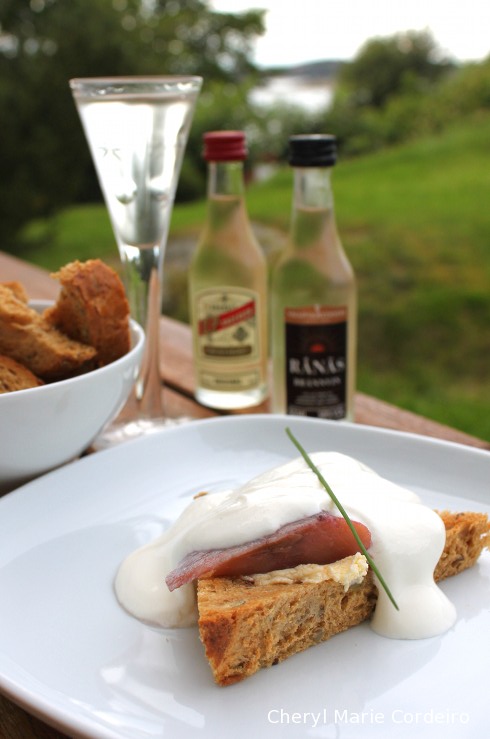
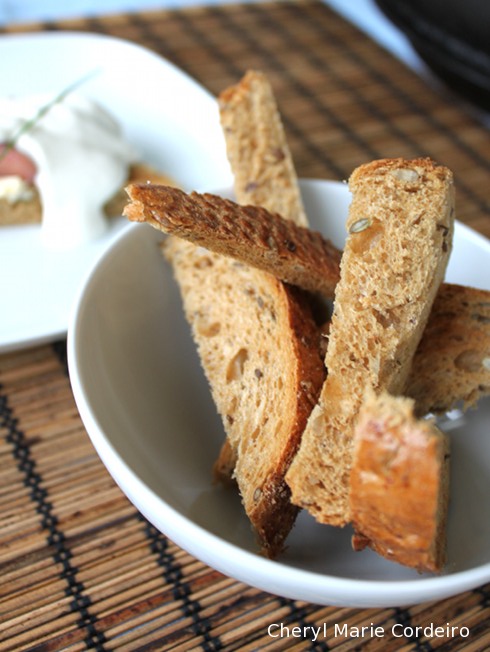
 On July 4, 2012, AsiaOne News ran an online article entitled “
On July 4, 2012, AsiaOne News ran an online article entitled “